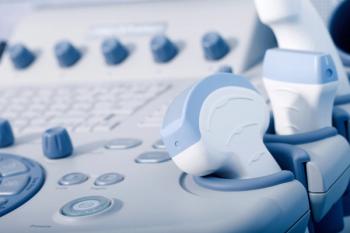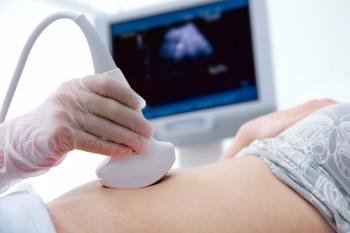
Dental x-rays during pregnancy associated with low birthweight
Pregnant women who are exposed to more than 0.4 mGy of dental radiation are more than twice as likely (adjusted odds ratio 2.27) as pregnant women who are not exposed to deliver a low-birthweight (LBW) infant. They are more than three-and-a-half times as likely to have a term LBW infant, according to a population-based casecontrol study.
Researchers studied over 1,100 women enrolled in a dental insurance plan and living in Washington State. Approximately 10% of the study population had dental x-rays while pregnant.
The researchers acknowledge that eliminating all dental x-rays during pregnancy is probably impossible because pregnancy status is not always known, but they estimate that if the relationship is truly causal and if most dental radiography during pregnancy could be eliminated, the prevalence of term LBW infants could be reduced by about 5%.
Hujoel PP, Bollen AM, Noonan CJ, et al. Antepartum dental radiography and infant low birth weight. JAMA. 2004;291:1987-1993.
Newsletter
Get the latest clinical updates, case studies, and expert commentary in obstetric and gynecologic care. Sign up now to stay informed.










